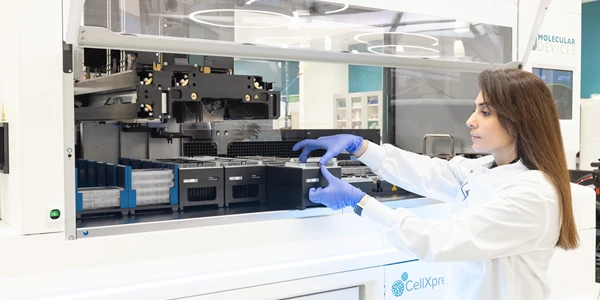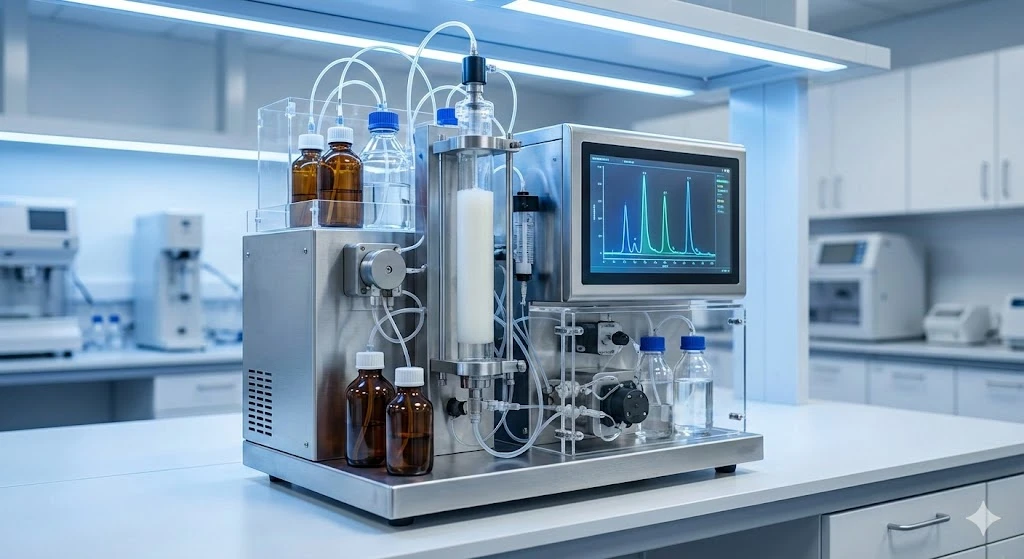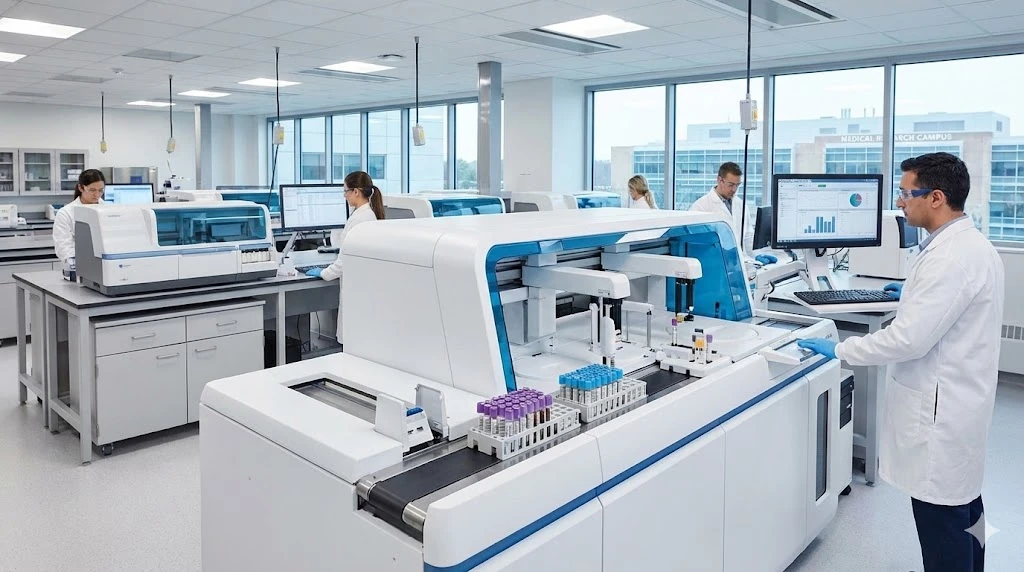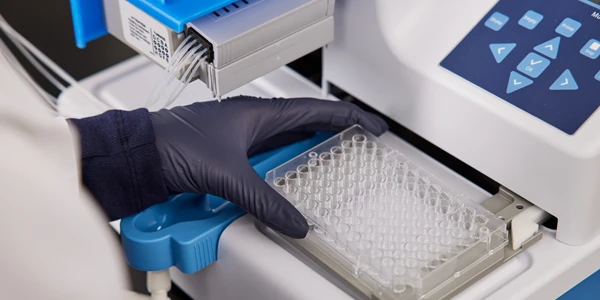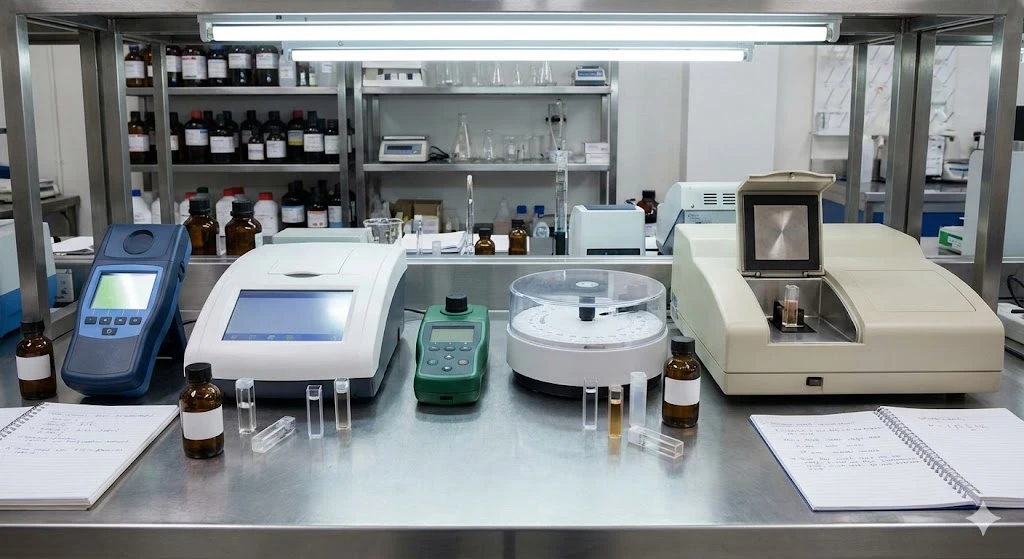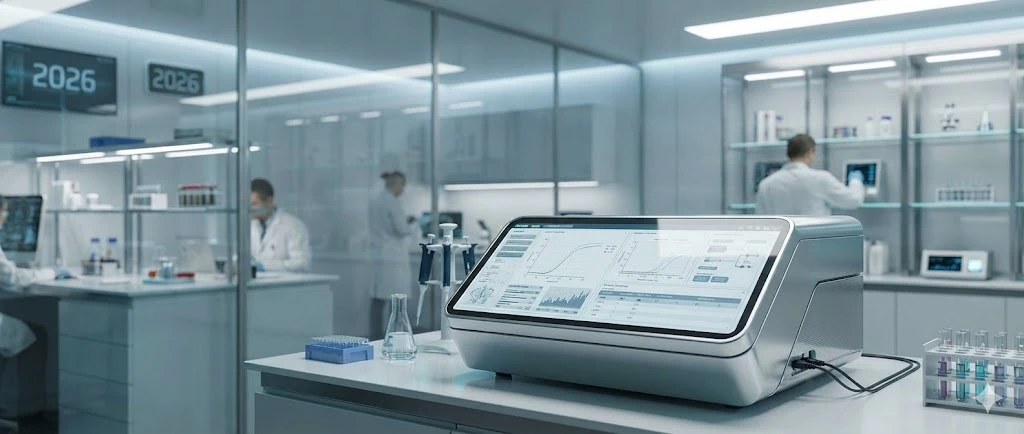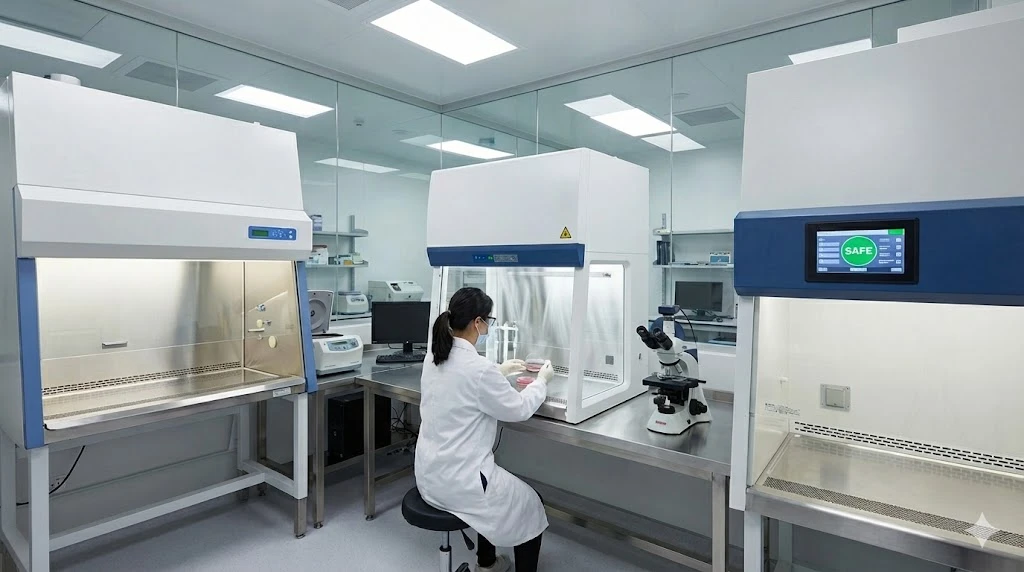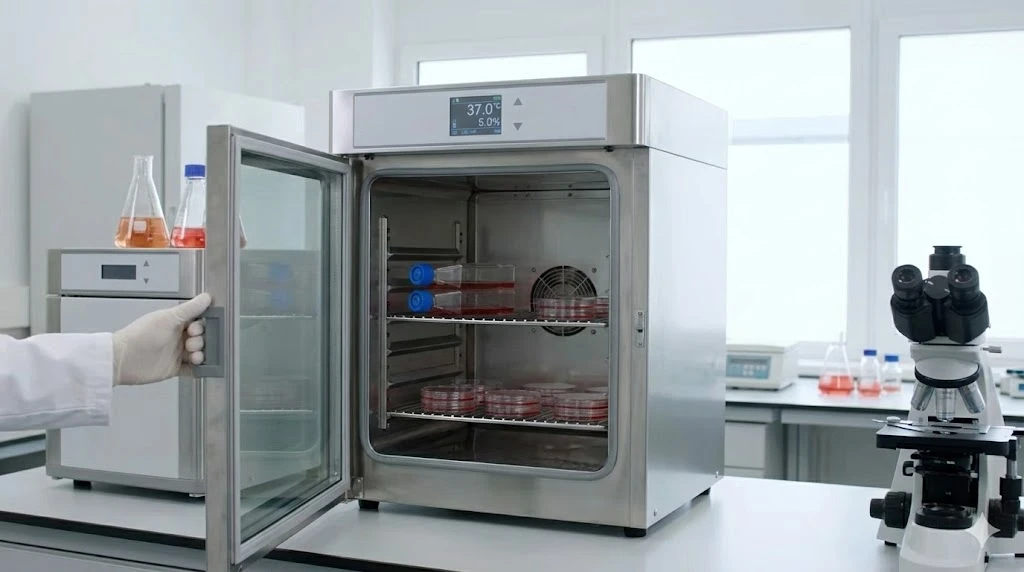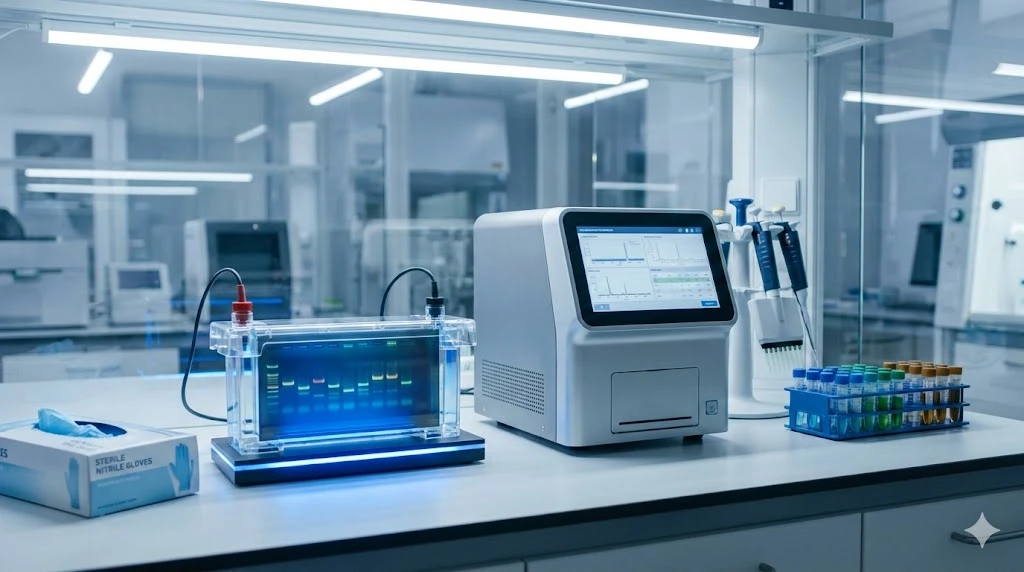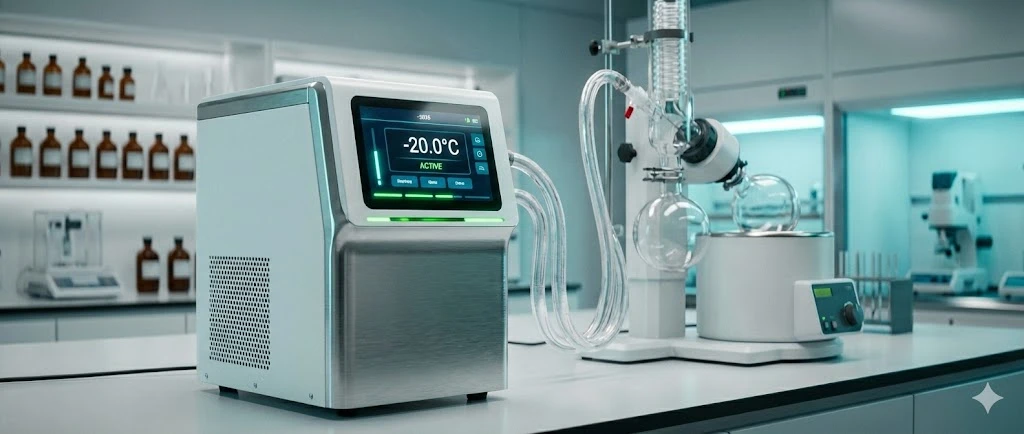Advances in PFAS Detection: Enhancing Food and Environmental Safety
Perfluoroalkyl and polyfluoroalkyl substances (PFAS), commonly referred to as "forever chemicals," are a growing concern in both environmental and food safety due to their persistence and potential health impacts. These man-made chemicals are used in various products due to their stability and resistance to degradation, but these same properties lead to their accumulation in the environment and human body. Regulatory bodies like the U.S. Environmental Protection Agency (EPA) and the European Chemicals Agency (ECHA) are implementing stricter regulations to monitor and mitigate PFAS contamination, particularly in drinking water and food. This article highlights two key research developments focused on improving PFAS detection and quantitation in drinking water and food matrices.
Simultaneous Analysis of 40 PFAS Components in Drinking Water Using a Triple Quadrupole LC/MS/MS
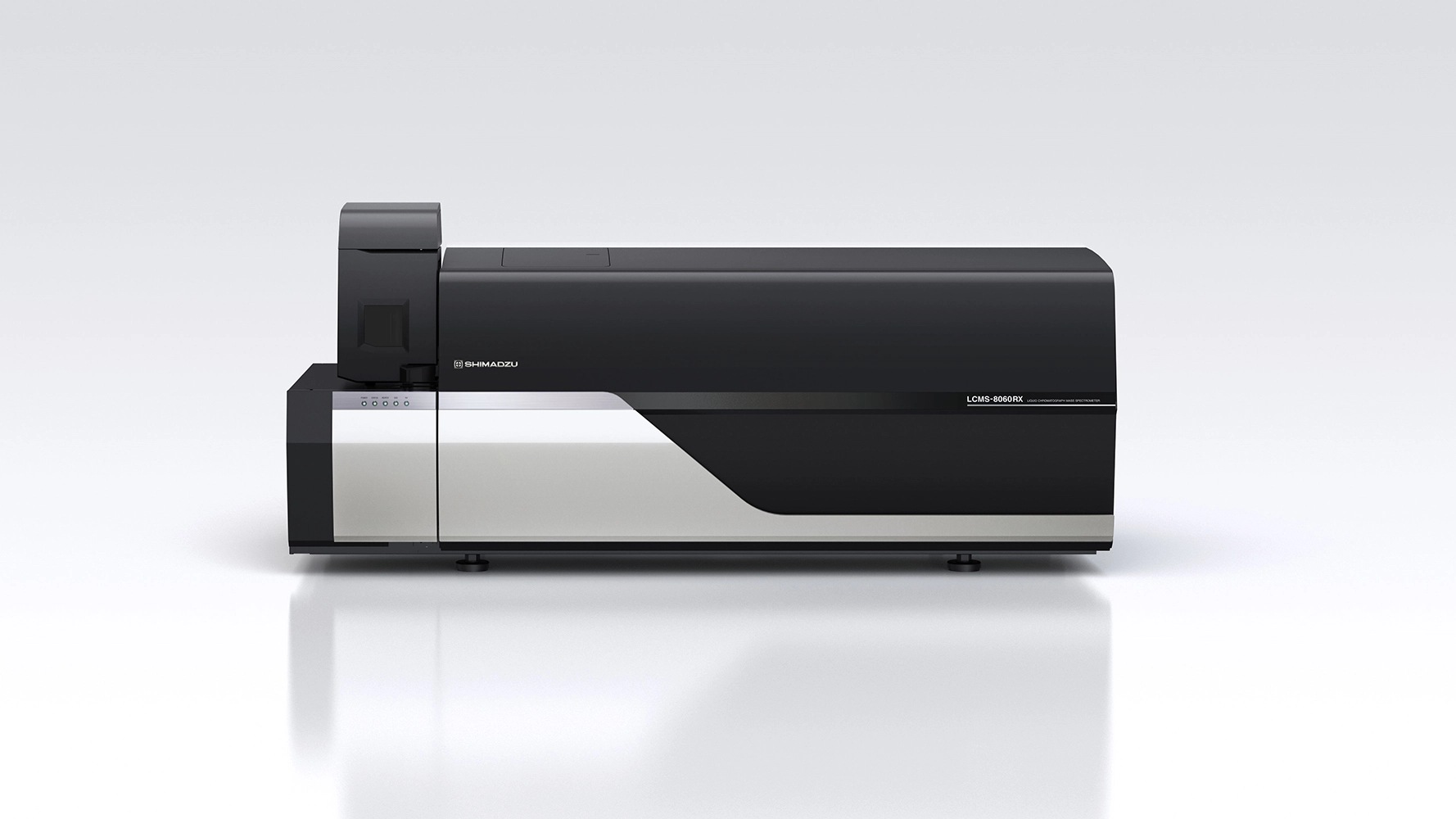 To address
the growing list of regulated PFAS compounds, a recent application note
demonstrated the ability to simultaneously analyze 40 PFAS components in
drinking water using the Shimadzu LCMS-TQ8050RX triple-quadrupole mass
spectrometer.
To address
the growing list of regulated PFAS compounds, a recent application note
demonstrated the ability to simultaneously analyze 40 PFAS components in
drinking water using the Shimadzu LCMS-TQ8050RX triple-quadrupole mass
spectrometer.
The study found that the system offers high sensitivity, detecting concentrations lower than 1/10th of the EPA’s final maximum contaminant levels (MCLs) for key PFAS, including perfluorooctanoic acid (PFOA) and perfluorooctanesulfonic acid (PFOS). The study also showed good recovery rates and reproducibility, even when analyzing samples at 1/4th of the final MCL concentration. One of the significant advantages of the LCMS-TQ8050RX is that it can analyze all 40 PFAS components in just 20 minutes without any loss of sensitivity.
Key User Benefits:
- Enables simultaneous analysis of 40 PFAS components within a 20-minute window.
- Capable of detecting extremely low PFAS concentrations, down to 0.2 ng/L in water samples.
- Provides consistent and accurate results with good recovery rates and reproducibility.
This method represents a powerful tool for water quality testing, helping laboratories comply with stringent regulations by offering a comprehensive, efficient, and highly sensitive PFAS analysis process.
Quantitation of PFAS in Food at Parts Per Trillion Sensitivity
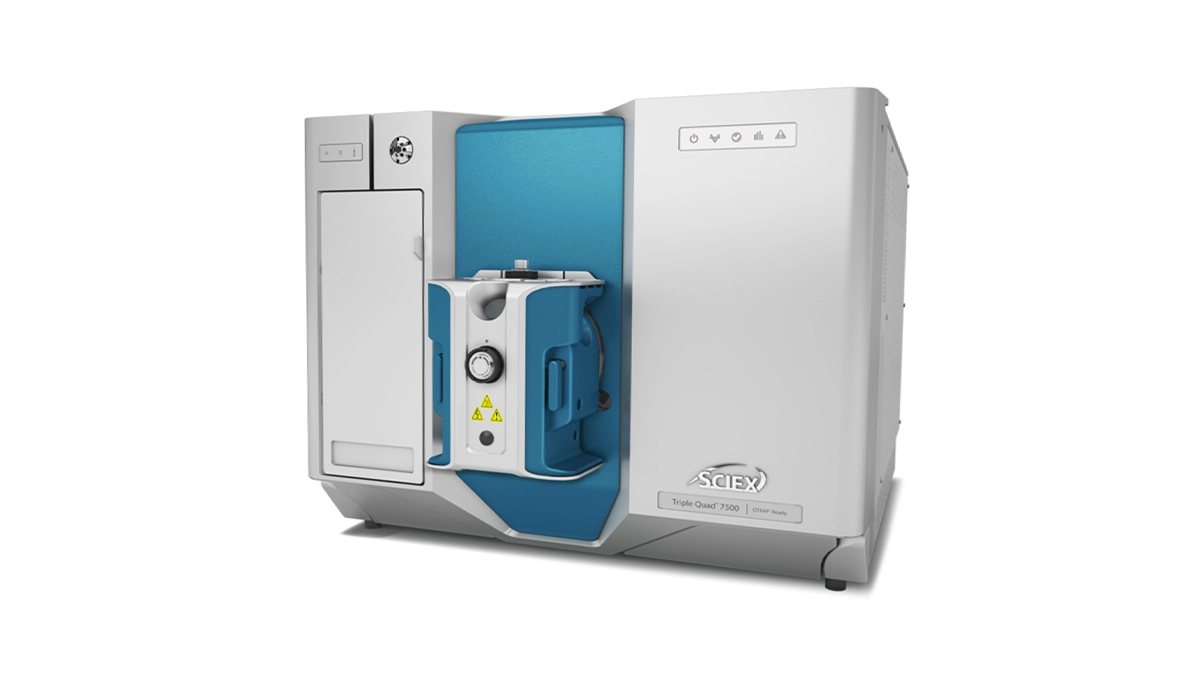 In food
safety testing, the need to detect PFAS at trace levels has also become
critical, especially given increasing regulatory scrutiny. A recent application
note validated a method for quantifying 57 PFAS compounds across various food
matrices, achieving parts per trillion (ppt) levels of sensitivity. The method
employed the SCIEX 7500 system, known for its high sensitivity and
contamination reduction capabilities, along with a simplified extraction
method.
In food
safety testing, the need to detect PFAS at trace levels has also become
critical, especially given increasing regulatory scrutiny. A recent application
note validated a method for quantifying 57 PFAS compounds across various food
matrices, achieving parts per trillion (ppt) levels of sensitivity. The method
employed the SCIEX 7500 system, known for its high sensitivity and
contamination reduction capabilities, along with a simplified extraction
method.
This method, validated to meet the requirements of Commission Regulation EU 2022/2388, allowed for the quantitation of PFOS, PFOA, PFNA, and PFHxS in food matrices such as baby food, milk-based infant formula, fish, egg, and coffee. The study achieved limits of quantitation (LOQs) as low as 0.01 µg/kg in food matrices, meeting the stringent criteria of both the EU and U.S. regulatory guidelines. Contamination reduction steps played a vital role in minimizing background PFAS signals, allowing for precise measurements in diverse food items.
Highlights of the Study:
- Quantitated 57 PFAS compounds, including 4 key regulated compounds, in various food matrices.
- Achieved ppt-level sensitivity, essential for meeting stringent regulatory limits.
- Demonstrated reliable precision with %CV < 20% for most food matrices and < 25% for all.
- Validated in 27 different commodity check matrices, including baby foods, milk products, fish, coffee, and oils.
This method's robustness is underscored by its ability to meet both EU and U.S. regulatory requirements for PFAS analysis, making it a critical tool for food manufacturers and testing laboratories aiming to ensure product safety.
Conclusion
The simultaneous analysis of 40 PFAS components in drinking water using the Shimadzu LCMS-TQ8050RX and the highly sensitive quantitation of PFAS in food matrices with the SCIEX 7500 system represent sizable advancements in the fight against PFAS contamination. These innovations will enable laboratories to accurately and efficiently test for a broad range of PFAS compounds at trace levels, supporting global regulatory efforts to protect human and environmental health.
